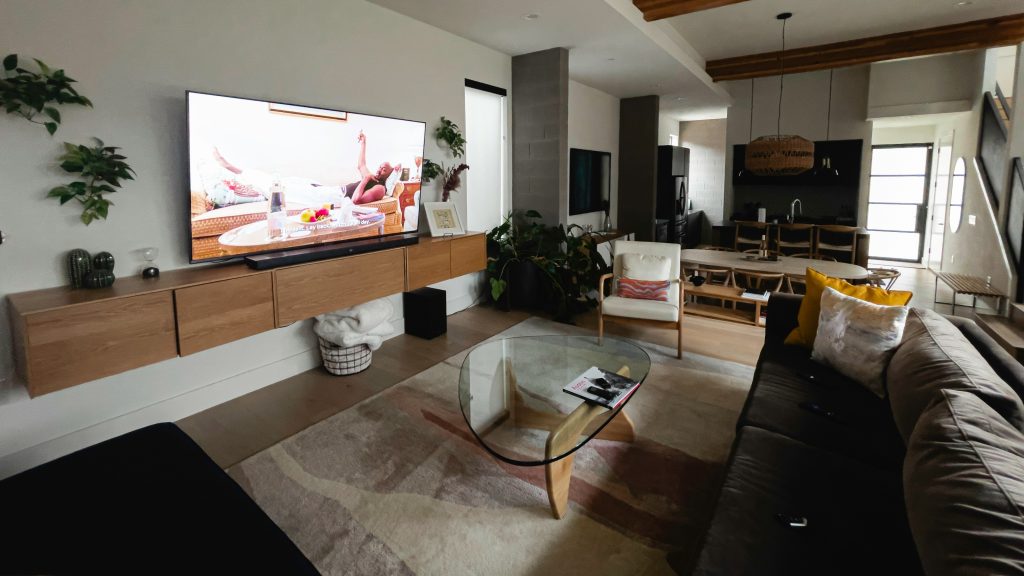
A generic living room often lacks character, relying on mass-produced furnishings and uninspired layouts that fail to express individuality. To create a more engaging and architecturally refined space, it’s important to recognize common design missteps and replace them with intentional, personalized solutions. From overused color palettes and impersonal art to poorly scaled furniture and cookie-cutter decor, each element plays a role in shaping a living area that either blends in or stands out. This guide highlights nine key factors that contribute to a generic look and offers practical, thoughtful ways to elevate your living room with style and substance.
1. Over-Reliance on Matching Furniture Sets
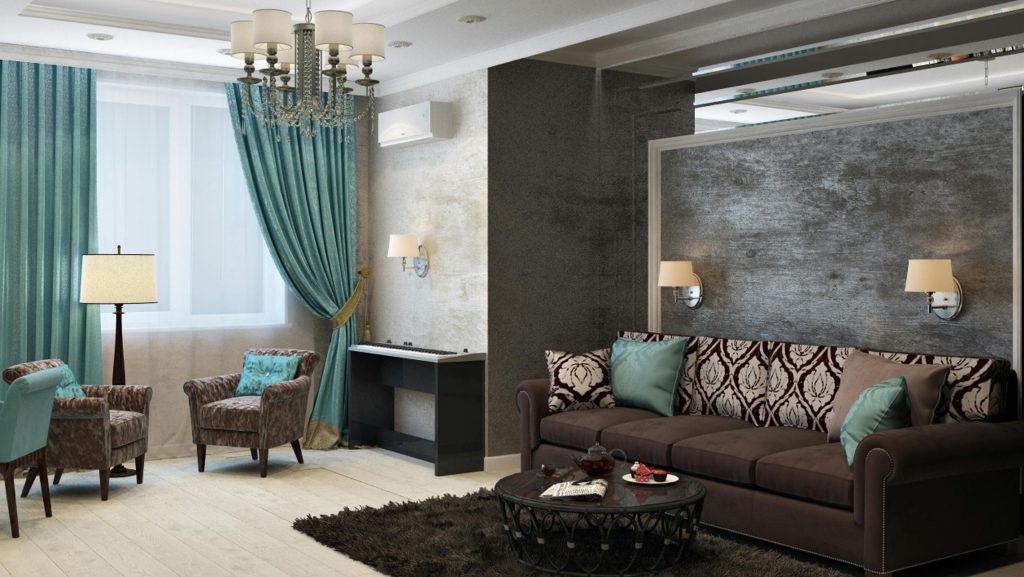
Identical furniture sets might seem like the easiest way to decorate a room, but they often strip your space of individuality. When your sofa, armchair, and coffee table all come from the same showroom bundle, the result is a predictable and overly coordinated look. Instead, layer pieces collected over time, mixing textures and styles. Blend a contemporary couch with a vintage coffee table or add a statement armchair in a contrasting hue. This curated approach lends character and depth that mass-produced symmetry cannot replicate.
2. Bland Color Palettes
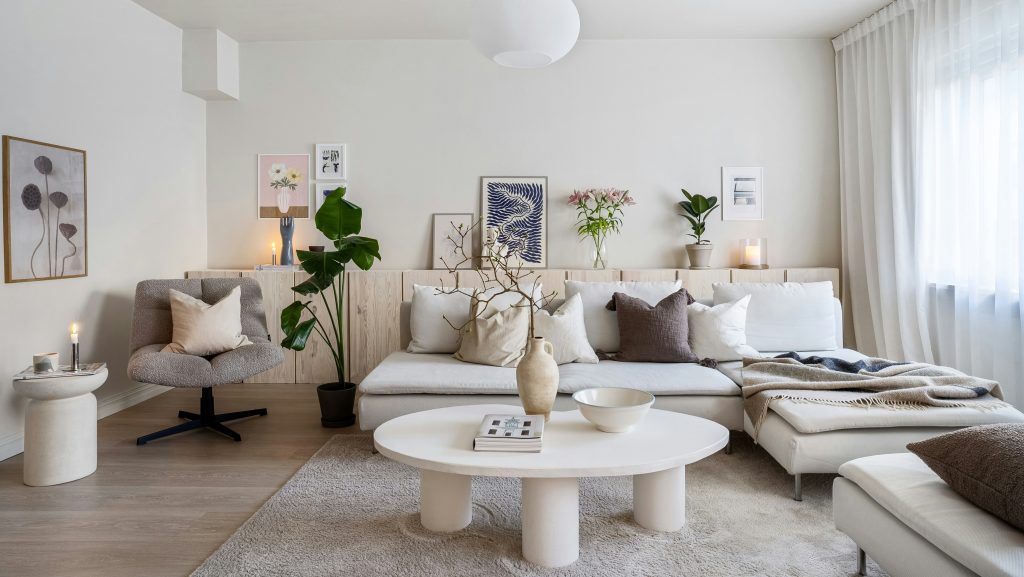
A living room dominated by neutral tones such as beige, gray, and white offers a timeless foundation, but without contrast, it can feel flat or sterile. Introducing accent colors is essential to creating a more dynamic and inviting atmosphere. Thoughtfully selected hues such as forest green, terracotta, or muted pastels that can add warmth and personality to the space. Incorporate these through textiles like throw pillows and rugs, as well as artwork and decorative pieces. This approach maintains the room’s elegance while enhancing depth, character, and visual interest in a subtle, sophisticated way.
3. Generic Wall Art and Prints

Generic stock photos and mass-produced artwork commonly found in big-box stores can make interiors feel impersonal and uninspired. These pieces often lack emotional depth and cultural relevance, offering little connection to the people who live in the space. To create a more meaningful environment, consider incorporating original artwork, framed travel photography, or prints from independent artists. Even simple DIY pieces can add unique charm. Art should reflect personal experiences, values, and aesthetics, transforming walls into an expression of identity rather than a display of generic decor.
4. Lack of Architectural Detailing

A living room without crown molding, baseboards, or architectural details can often feel incomplete or lacking in character. These elements serve a purpose beyond decoration, they add structure, define proportions, and give a space a more refined and cohesive look. In homes where traditional detailing is absent, modern alternatives such as fluted wall panels, ceiling medallions, or textured feature walls can serve as effective upgrades. These thoughtful additions introduce depth, visual interest, and a polished finish, enhancing the room’s overall presence while maintaining a contemporary appeal.
5. Generic Lighting Fixtures
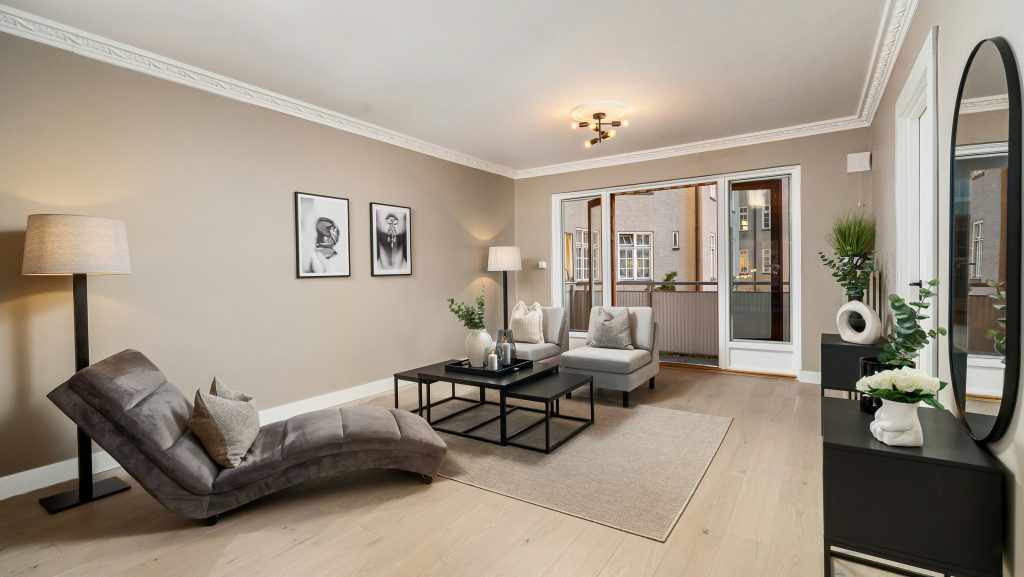
Standard ceiling-mounted fixtures and builder-grade lamps often fail to enhance a room’s overall design, offering limited character and flat, uninviting illumination. To improve both aesthetics and functionality, consider layering different lighting types. Integrate statement pendant lights, sculptural table lamps, or stylish wall sconces to add depth and interest. Opt for warm-toned bulbs and install dimmers to create a comfortable, adjustable ambiance. Thoughtfully selected lighting not only brightens a space but also contributes as a design feature.
6. Absence of Texture

Flat surfaces and uniform finishes can leave a living room feeling cold and uninspired. Texture plays a vital role in adding warmth, depth, and visual interest to a space. Even with quality furniture, a room may lack character without a thoughtful mix of materials. Introducing texture through elements such as area rugs, throw pillows, blankets, or wood-grain furniture enhances both comfort and design. Materials like velvet, linen, and woven fabrics create layers that enrich the environment.
7. Identical Throw Pillows
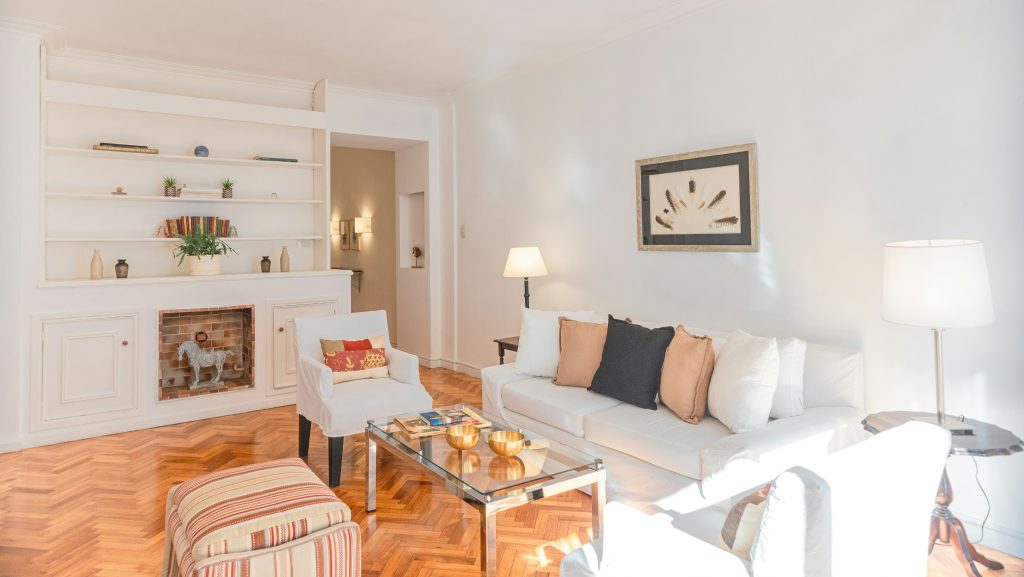
Using identical throw pillows arranged in perfect symmetry can make a space appear overly formal or staged. While balance is important in design, throw pillows offer a unique opportunity to introduce variety and depth. By mixing different shapes, sizes, colors, and textures, you create a more visually engaging and personalized look. Coordinating elements rather than matching them exactly adds character and warmth to the space. This approach enhances the overall aesthetic, making the room feel thoughtfully curated and inviting rather than rigid or impersonal.
8. Over-Styled Coffee Tables
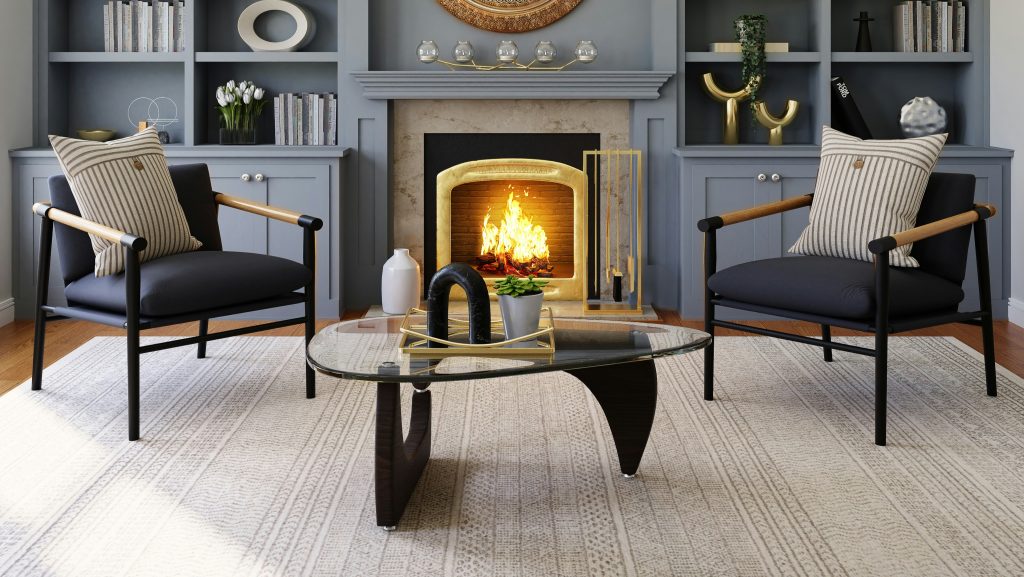
A well-styled coffee table should go beyond showroom aesthetics and reflect the homeowner’s personality and lifestyle. While symmetrical trays, glossy books, and faux greenery create a polished look, they often lack authenticity. To create a meaningful display, include personal items such as a frequently used candle, a handmade bowl from your travels, or a few books you are currently reading. Avoid overcrowding by leaving intentional negative space. This not only prevents visual clutter but also allows your arrangement to feel approachable, lived-in, and genuinely representative of your everyday life.
9. Ignoring the Fifth Wall (The Ceiling)
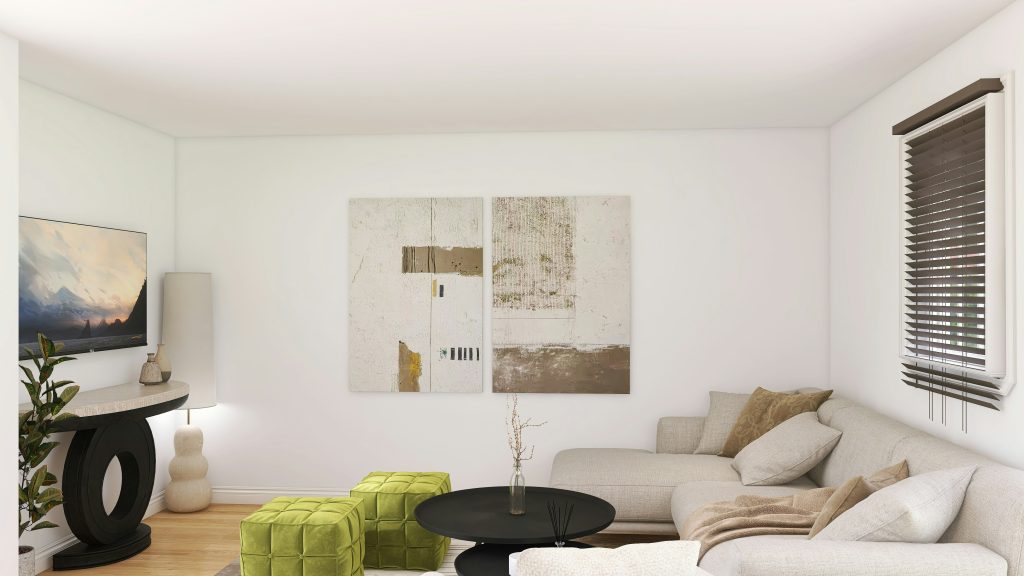
Ceilings are frequently neglected in interior design, yet they play a crucial role in defining the character of a room. A plain white ceiling can leave a space feeling bare or incomplete. By incorporating thoughtful design elements such as a complementary paint color, architectural wood beams, or patterned wallpaper, you can enhance the visual impact of the room. Subtle additions like recessed lighting or coffered ceiling details also contribute to a more refined and cohesive interior. These enhancements not only elevate the aesthetic appeal but also create a more balanced and intentional design.
This article was created with the assistance of AI but thoroughly edited by a human being.

